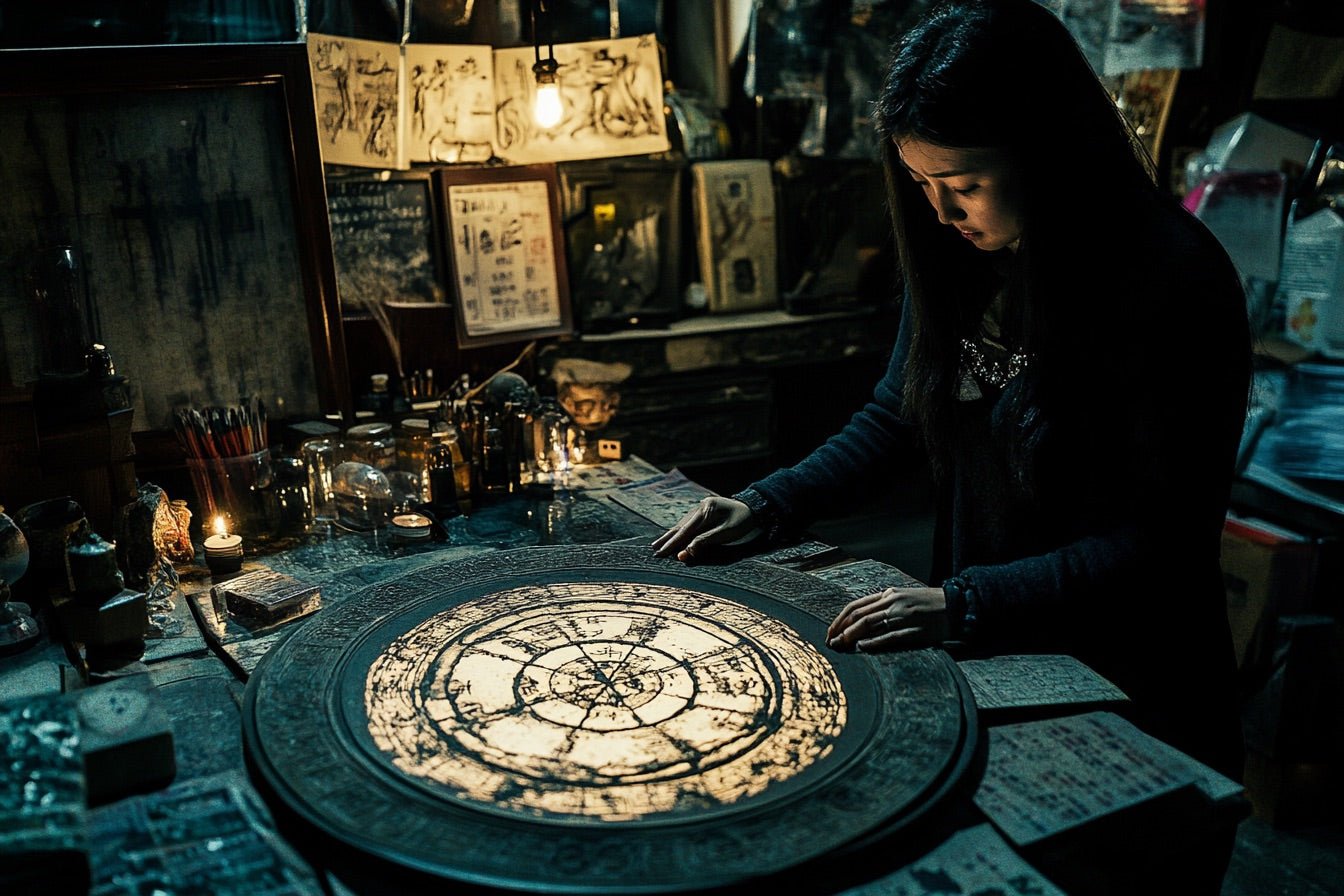
Ouija Boards Around the World: Cultural Perspectives
People often think of Ouija boards as a way to talk to the dead. However, their past is very complicated and goes far beyond the Western world. Most people think of the American spiritualist movement when they think of Ouija boards. However, the idea of using things to talk to the dead or unknown forces has been around for a very long time and in many countries. This article will talk about how people from different countries see and use Ouija boards and other similar devices, and how these differences show how people think about the supernatural.
With its letters, numbers, and words like "Yes," "No," and "Goodbye," the board was a simple but interesting way to talk to the dead. Spiritualists thought that the planchette would move with the help of ghosts, using the hands of the players to control its movement. Some people saw it as a fun game, while others saw it as a serious way to talk to spirits.
The Ouija board has had a huge effect on culture in the West. It has been portrayed as a strange and sometimes dangerous item in books, movies, and other popular media. Scientists are skeptical of the Ouija board, but it is still a big part of Western pop culture. It represents people's eternal interest in the unknown.
In Mexican society, celebrations like Día de los Muertos (Day of the Dead) celebrate the dead, so the idea of talking to ghosts is not rare. On the other hand, the Ouija board is often thought of as a tool that can bring in both good and bad spirits. There are many stories about possession, curses, and bad things happening after using the Ouija board. This makes it seem like a dangerous item that you should be careful with.
People in other parts of Latin America, like Brazil, use spiritual practices like Umbanda and Candomblé to talk to spirits, but not usually through a Ouija board. Instead, these practices put psychics into trance states where they can talk to ghosts with the help of songs and routines. People who use the Ouija board often look at it through the lens of these spiritual beliefs. They mix the Western tool with local myths and practices.
1. Japan: Kokkuri-san
In Japan, there is a game called Kokkuri-san that is a lot like using a Ouija board. A piece of paper with hiragana letters placed in a circle and words like "Yes," "No," and "Torii" (a traditional Japanese gate often found at Shinto sites) is used in Kokkuri-san, which dates back to the Meiji era (1868–1912). People put their fingers on a coin or other small item, and it moves to show the answers to the questions.
Kokkuri-san is often played as a game, especially by kids and teens, but it also makes people feel uneasy because it's thought to call up the spirit of Kokkuri, which in Japanese tradition is a fox, dog, or raccoon. Japan has a unique mix of Shinto and Buddhist beliefs, and the game shows how spirits and gods are important in both the natural and spiritual worlds. Many people compare Kokkuri-san to the Ouija board, but its roots are in Japanese religion and culture.
China: Fuji or Writing in the Spirit World
Spirit writing, or Fuji (沶乏) in China, was around hundreds of years before the Ouija board. A hanging sieve or tray is used in this method to write characters in sand or ashes. A medium or other players move the tray or sieve. In its early forms, the practice was used in Taoist ceremonies to talk to gods, spirits, or relatives.
Fuji used to be a very respected practice that people did to get psychic signs and learn about the future. It became less popular during the Qing Dynasty, though, because people were afraid of scams and the spirits' ability to trick practitioners. Fuji isn't seen as often these days, but it's still an important part of China's spiritual history and shows how advanced their spiritual practices are.
1. West Africa: Ifá Divination
Ifá divination is a practice in West Africa, especially among the Yoruba people of Nigeria. It includes talking to the Orishas (gods) and spirits to get information and help. In this method, there is no board. Instead, holy palm nuts and a divination tray are used, and the diviner reads the patterns made by throwing the nuts.
Ifá divination is a hard skill that needs years of training because the diviner has to learn and remember a huge amount of spoken language and symbols. Maintaining balance between the spiritual and physical worlds is the main goal here, and astrology is seen as an important way to do this.
2. Southern Africa: Sangomas and Spirit Communication
Traditional therapists in Southern Africa called Sangomas talk to ancient spirits through ceremonies that may include music, dancing, and chants. This tradition, like Ifá, comes from the idea that the ancestors are very important for defending and directing the living.
These practices don't use a board or written symbols, but the idea of asking the spiritual world for help is similar to what people do when they use a Ouija board. It is the Sangoma's job to figure out what the ancestors are saying and help the community, usually in answer to specific questions or worries from the people in their community.
1. France: The Planchette
A small heart-shaped piece of wood called a planchette was first used in Ouija board games in France in the middle of the 1800s. With a pencil connected to the bottom, it was first used as a writing tool. The spirits could lead the medium's hand to write notes. People did this a lot when the spiritualist movement in Europe was at its peak, and it was similar to the modern Ouija board.
The planchette is now part of the Ouija board, but it was first used in France. This shows how cross-cultural effects have changed the way people try to interact with the supernatural.
2. Spain: The Glass Game (El Juego del Vaso)
El Juego del Vaso, which means "The Glass Game," is the name of a famous deck-building game played in Spain. In this game, you put a glass on a table upside down and set up letters and numbers around it. People touch the glass with their fingers, and it moves to show messages, like the planchette in a Ouija board session.
El Juego del Vaso is often played at parties and other events, especially by young people. Some people just see it as harmless fun, but others are more serious about it and think it can help them connect with the spirit world. The game shows a larger European interest in ghost contact that is a mix of doubt and interest.
In conclusion
The idea that items can be used to talk to ghosts is not unique to any one culture. It is a worldwide trend that shows how interested people are in the supernatural. Many people think of the Ouija board when they think of spiritualism in the West, but there are similar or different versions of it in many other cultures, each with its own view on what it means to connect with the supernatural.
There is a strong trust in the power of the spirit world to affect our lives in these practices, from the Kokkuri-san in Japan to the Ifá divination in West Africa. People still find the Ouija board and other versions of it fascinating, whether they see it as a serious spiritual tool or a fun game. They remind us of the strange and often unexplainable parts of our lives.
The Western World: Ouija Boards and Spiritualism
Most people in the West think of Ouija boards when they think of the spiritualist movement that grew in fame in the US and Europe in the late 1800s and early 1900s. In the United States, the Ouija board as we know it was first sold in 1890 as a party game. But it quickly became linked to spiritualism, the idea that living people can talk to the souls of the dead.With its letters, numbers, and words like "Yes," "No," and "Goodbye," the board was a simple but interesting way to talk to the dead. Spiritualists thought that the planchette would move with the help of ghosts, using the hands of the players to control its movement. Some people saw it as a fun game, while others saw it as a serious way to talk to spirits.
The Ouija board has had a huge effect on culture in the West. It has been portrayed as a strange and sometimes dangerous item in books, movies, and other popular media. Scientists are skeptical of the Ouija board, but it is still a big part of Western pop culture. It represents people's eternal interest in the unknown.
Latin America: The Tablita and Superstitions
In Latin America, too, people believe they can talk to the dead through a board or something similar, though this idea is often mixed with religious and superstitious beliefs. The Ouija board is called the tablita or tabla Ouija in places like Mexico. It has a lot of cultural meaning and is often seen with a mix of fear and respect.In Mexican society, celebrations like Día de los Muertos (Day of the Dead) celebrate the dead, so the idea of talking to ghosts is not rare. On the other hand, the Ouija board is often thought of as a tool that can bring in both good and bad spirits. There are many stories about possession, curses, and bad things happening after using the Ouija board. This makes it seem like a dangerous item that you should be careful with.
People in other parts of Latin America, like Brazil, use spiritual practices like Umbanda and Candomblé to talk to spirits, but not usually through a Ouija board. Instead, these practices put psychics into trance states where they can talk to ghosts with the help of songs and routines. People who use the Ouija board often look at it through the lens of these spiritual beliefs. They mix the Western tool with local myths and practices.
Asia: Spirit Boards and Cultural Variations
Different Asian cultures have their own ways of talking to ghosts, and some of them are similar to using a Ouija board. These rituals have their roots in religious and spiritual beliefs, and they show a different way of thinking about the supernatural.1. Japan: Kokkuri-san
In Japan, there is a game called Kokkuri-san that is a lot like using a Ouija board. A piece of paper with hiragana letters placed in a circle and words like "Yes," "No," and "Torii" (a traditional Japanese gate often found at Shinto sites) is used in Kokkuri-san, which dates back to the Meiji era (1868–1912). People put their fingers on a coin or other small item, and it moves to show the answers to the questions.
Kokkuri-san is often played as a game, especially by kids and teens, but it also makes people feel uneasy because it's thought to call up the spirit of Kokkuri, which in Japanese tradition is a fox, dog, or raccoon. Japan has a unique mix of Shinto and Buddhist beliefs, and the game shows how spirits and gods are important in both the natural and spiritual worlds. Many people compare Kokkuri-san to the Ouija board, but its roots are in Japanese religion and culture.
China: Fuji or Writing in the Spirit World
Spirit writing, or Fuji (沶乏) in China, was around hundreds of years before the Ouija board. A hanging sieve or tray is used in this method to write characters in sand or ashes. A medium or other players move the tray or sieve. In its early forms, the practice was used in Taoist ceremonies to talk to gods, spirits, or relatives.
Fuji used to be a very respected practice that people did to get psychic signs and learn about the future. It became less popular during the Qing Dynasty, though, because people were afraid of scams and the spirits' ability to trick practitioners. Fuji isn't seen as often these days, but it's still an important part of China's spiritual history and shows how advanced their spiritual practices are.
Africa: Divination and Spirit Communication
In many African countries, talking to the spirit world is an important part of daily life. Healers, shamans, and diviners often help people do this. People don't usually use a board like the Ouija, but the idea of asking for help or messages from the spirit world is strongly rooted in many African customs.1. West Africa: Ifá Divination
Ifá divination is a practice in West Africa, especially among the Yoruba people of Nigeria. It includes talking to the Orishas (gods) and spirits to get information and help. In this method, there is no board. Instead, holy palm nuts and a divination tray are used, and the diviner reads the patterns made by throwing the nuts.
Ifá divination is a hard skill that needs years of training because the diviner has to learn and remember a huge amount of spoken language and symbols. Maintaining balance between the spiritual and physical worlds is the main goal here, and astrology is seen as an important way to do this.
2. Southern Africa: Sangomas and Spirit Communication
Traditional therapists in Southern Africa called Sangomas talk to ancient spirits through ceremonies that may include music, dancing, and chants. This tradition, like Ifá, comes from the idea that the ancestors are very important for defending and directing the living.
These practices don't use a board or written symbols, but the idea of asking the spiritual world for help is similar to what people do when they use a Ouija board. It is the Sangoma's job to figure out what the ancestors are saying and help the community, usually in answer to specific questions or worries from the people in their community.
Europe: The Planchette and Spirit Boards
Over time, the idea of talking to ghosts through a board or something similar has changed in Europe. It has been shaped by both old spiritual practices and modern spiritualism.1. France: The Planchette
A small heart-shaped piece of wood called a planchette was first used in Ouija board games in France in the middle of the 1800s. With a pencil connected to the bottom, it was first used as a writing tool. The spirits could lead the medium's hand to write notes. People did this a lot when the spiritualist movement in Europe was at its peak, and it was similar to the modern Ouija board.
The planchette is now part of the Ouija board, but it was first used in France. This shows how cross-cultural effects have changed the way people try to interact with the supernatural.
2. Spain: The Glass Game (El Juego del Vaso)
El Juego del Vaso, which means "The Glass Game," is the name of a famous deck-building game played in Spain. In this game, you put a glass on a table upside down and set up letters and numbers around it. People touch the glass with their fingers, and it moves to show messages, like the planchette in a Ouija board session.
El Juego del Vaso is often played at parties and other events, especially by young people. Some people just see it as harmless fun, but others are more serious about it and think it can help them connect with the spirit world. The game shows a larger European interest in ghost contact that is a mix of doubt and interest.
In conclusion
The idea that items can be used to talk to ghosts is not unique to any one culture. It is a worldwide trend that shows how interested people are in the supernatural. Many people think of the Ouija board when they think of spiritualism in the West, but there are similar or different versions of it in many other cultures, each with its own view on what it means to connect with the supernatural.
There is a strong trust in the power of the spirit world to affect our lives in these practices, from the Kokkuri-san in Japan to the Ifá divination in West Africa. People still find the Ouija board and other versions of it fascinating, whether they see it as a serious spiritual tool or a fun game. They remind us of the strange and often unexplainable parts of our lives.

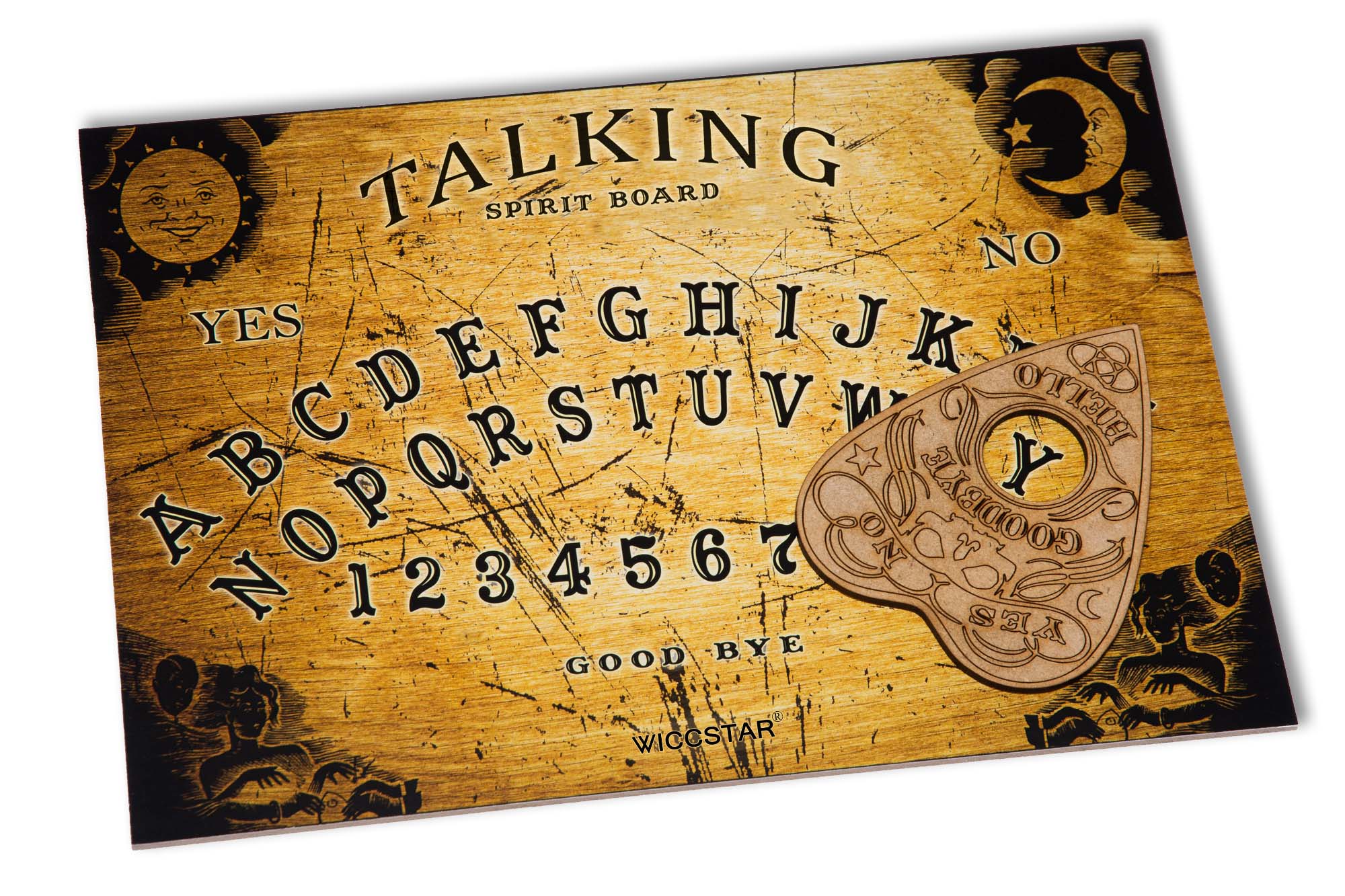
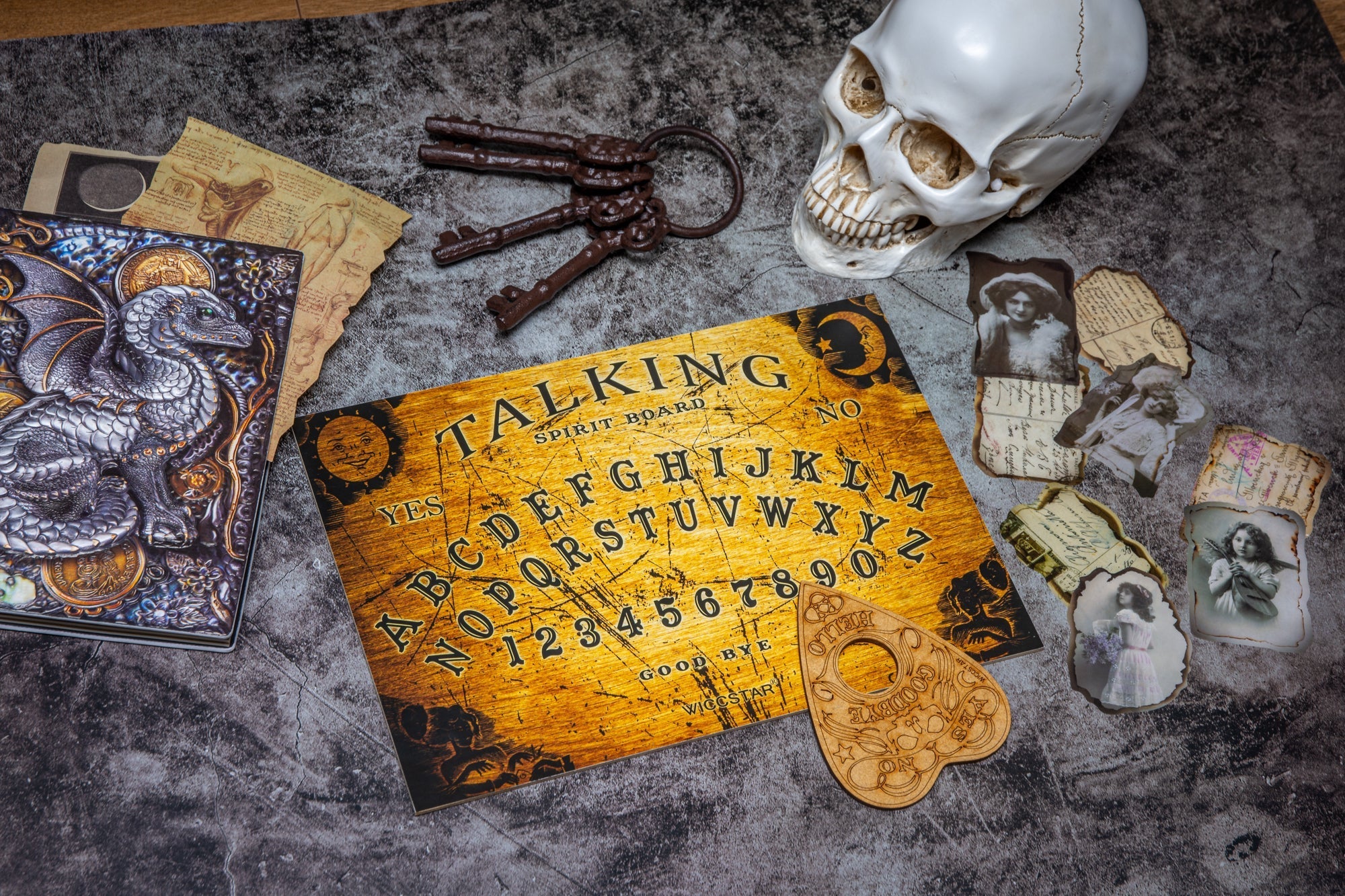
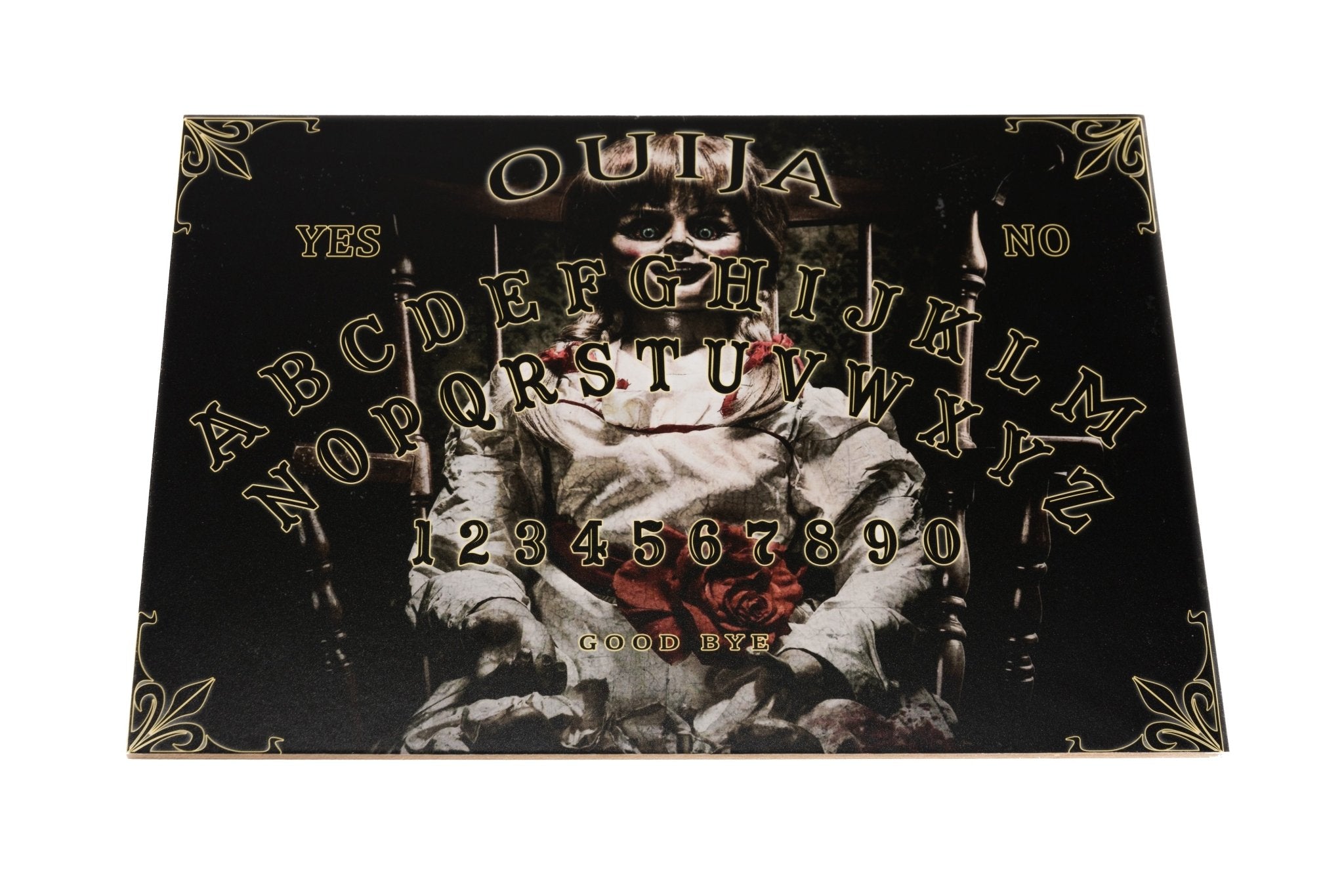
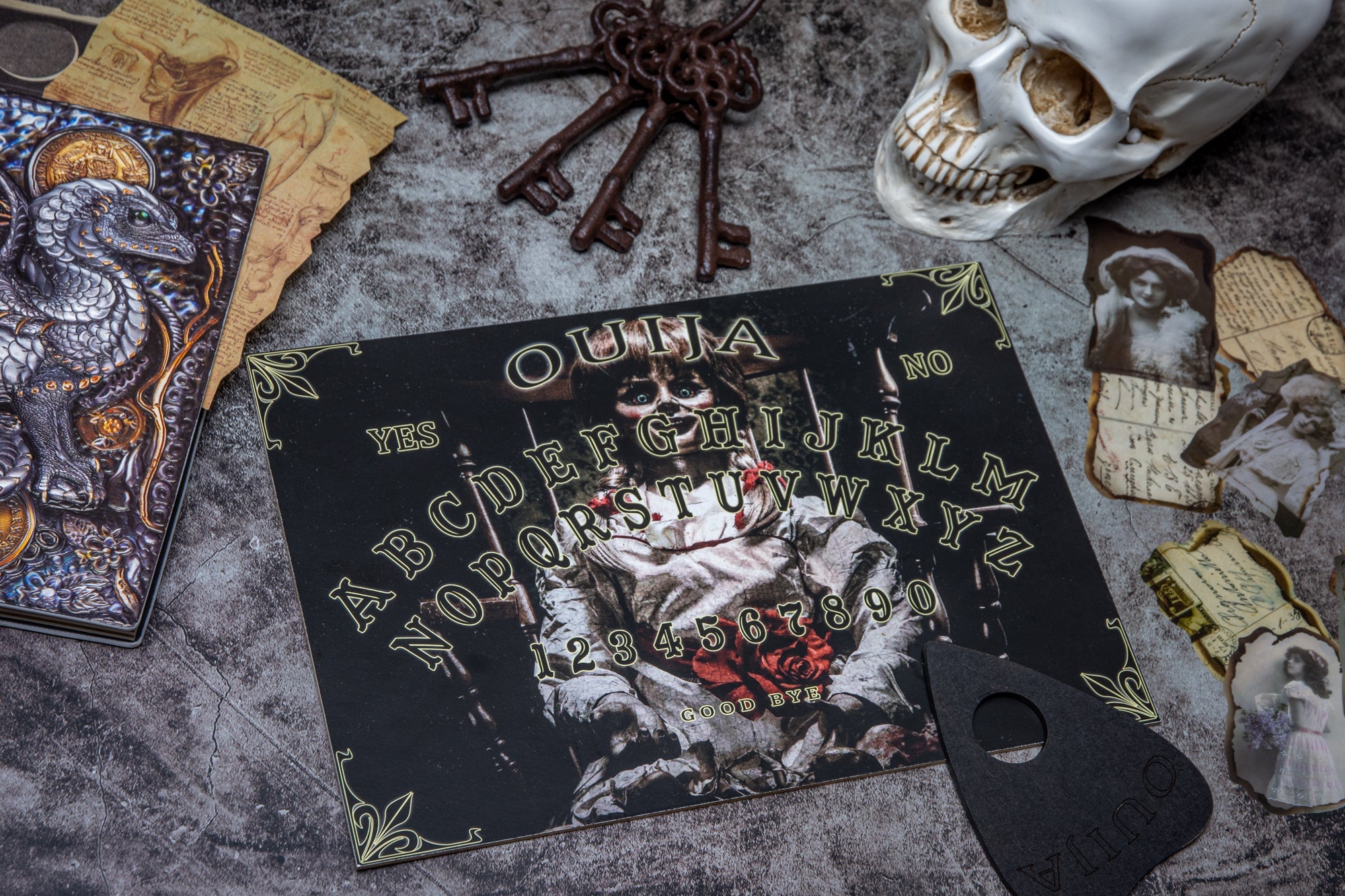
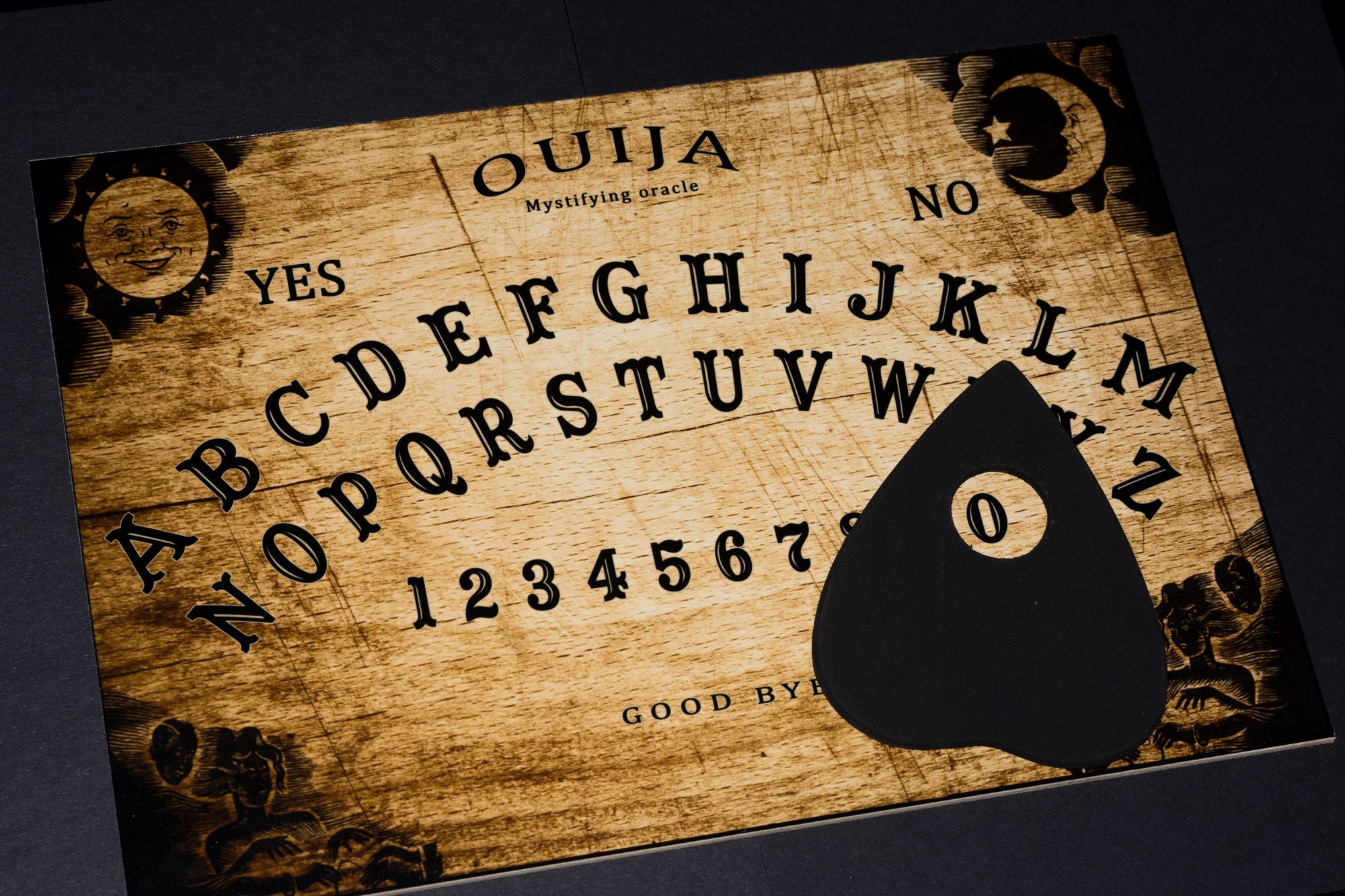
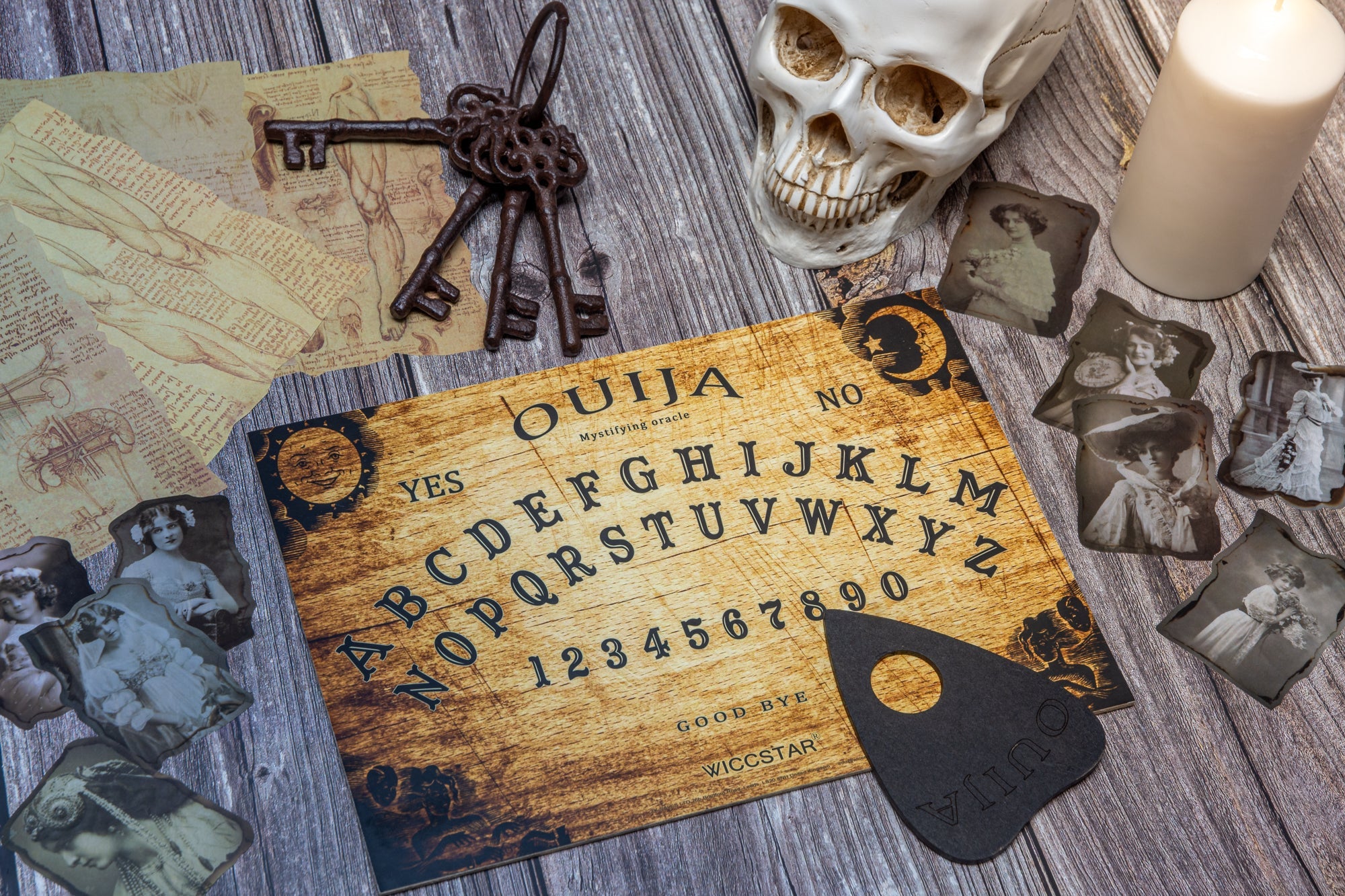
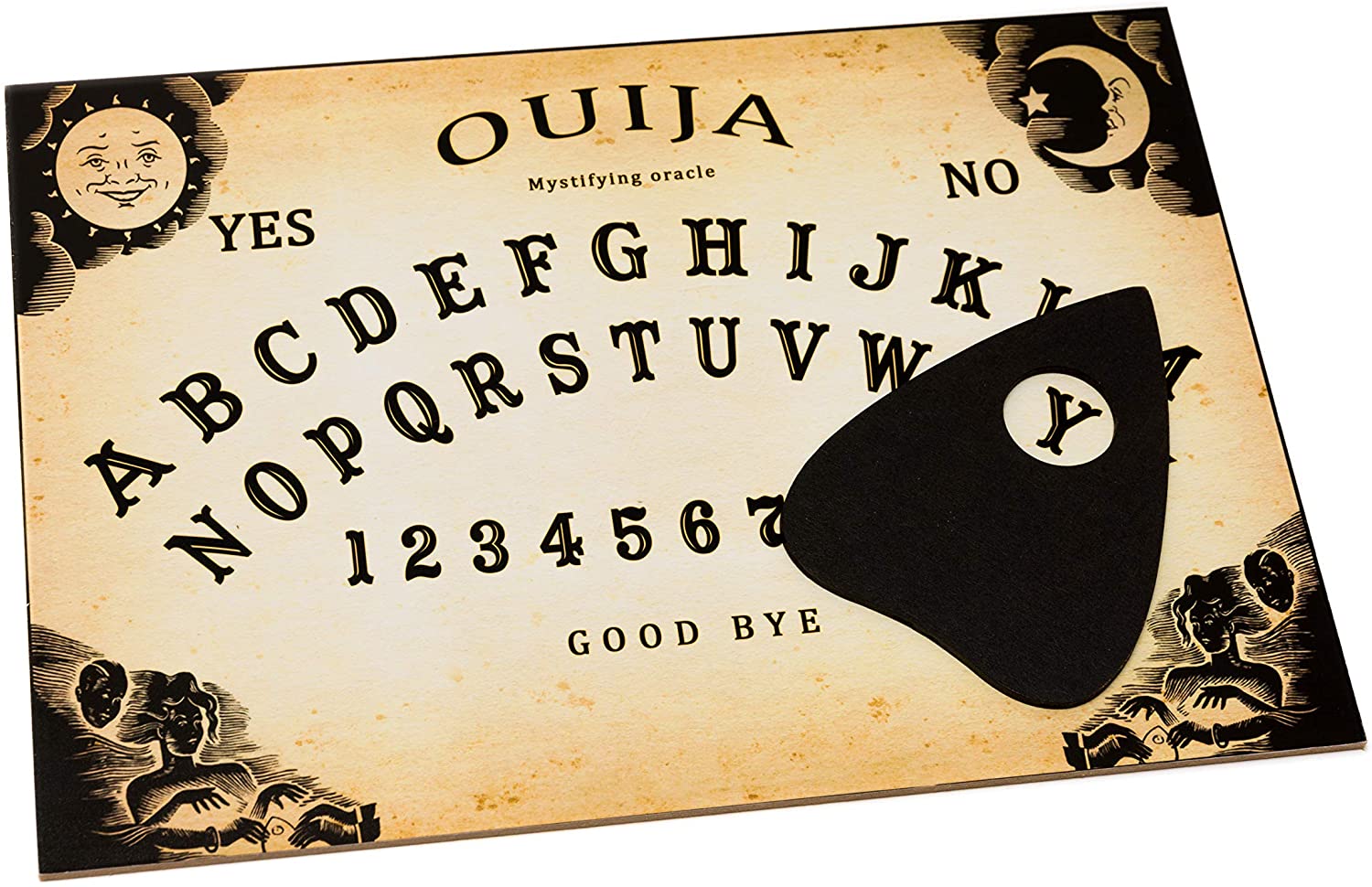
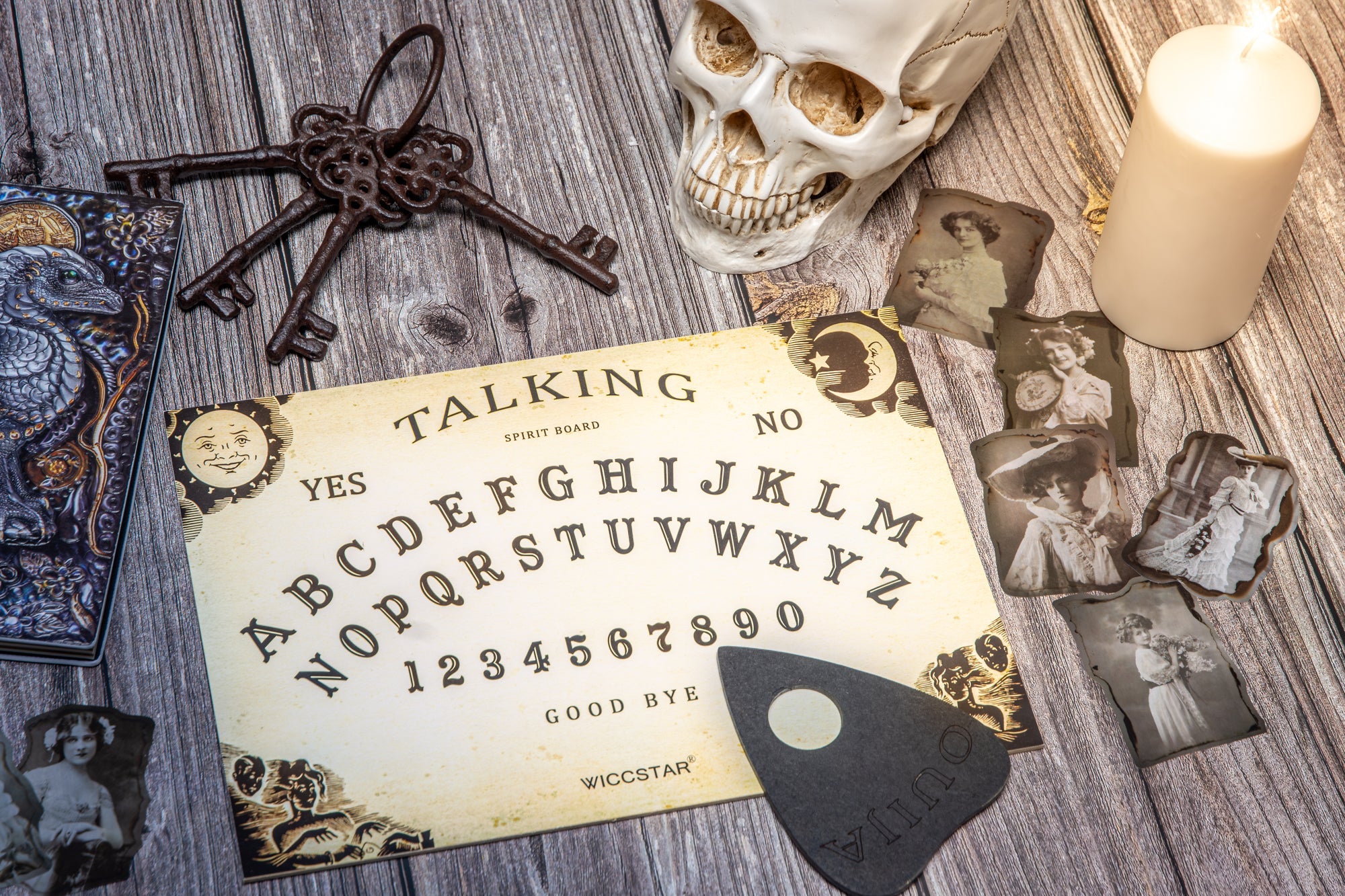
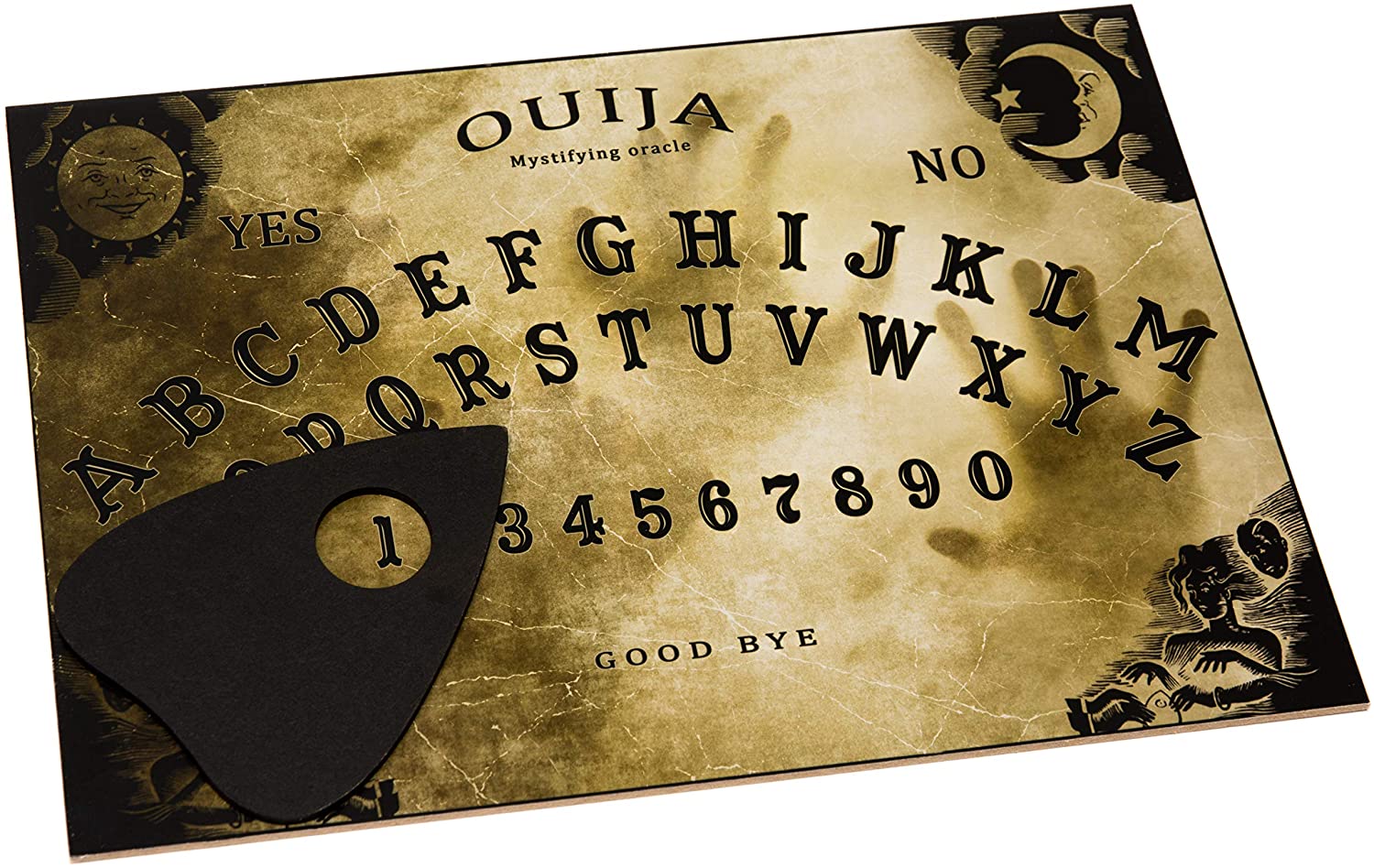
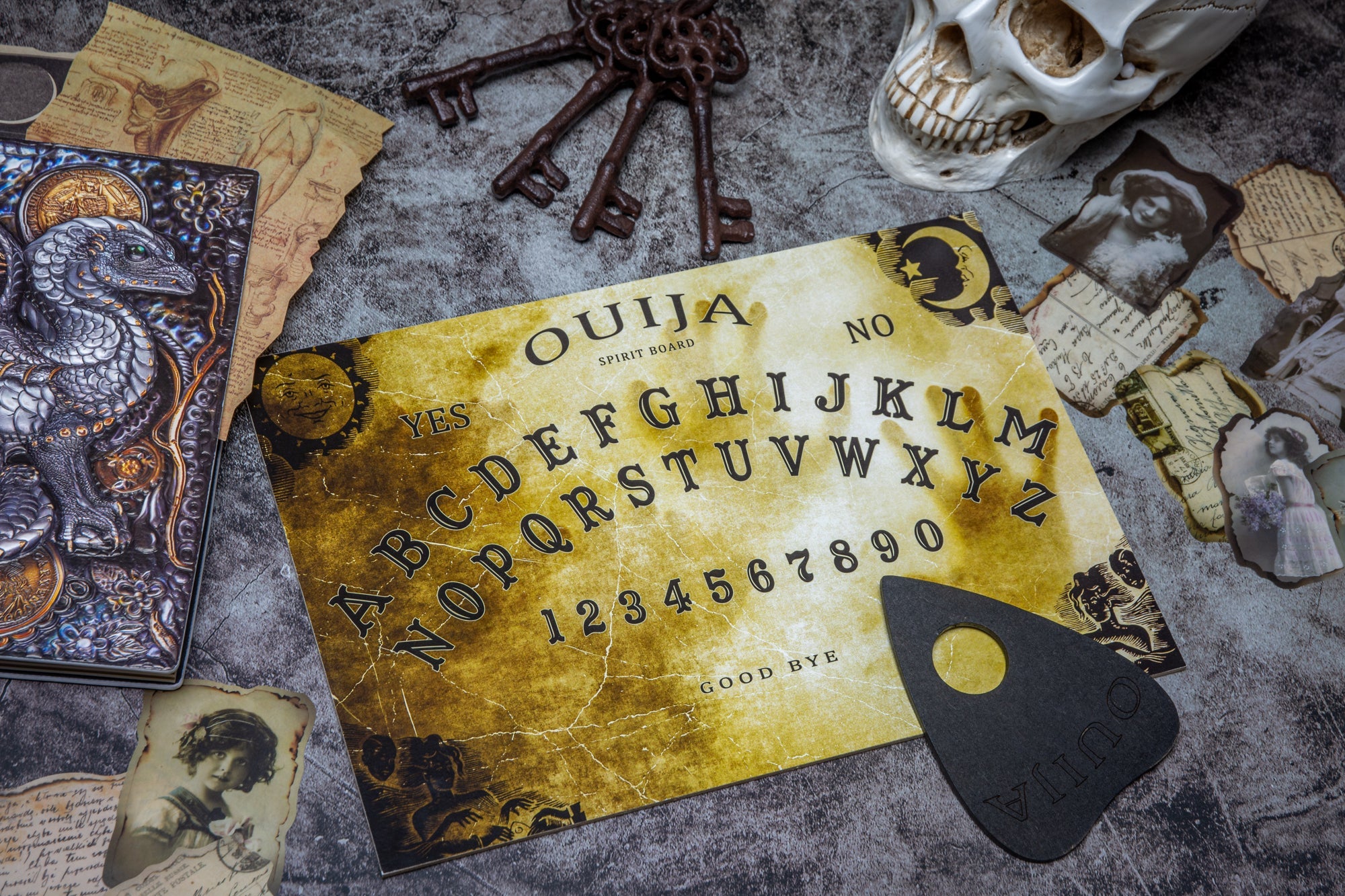
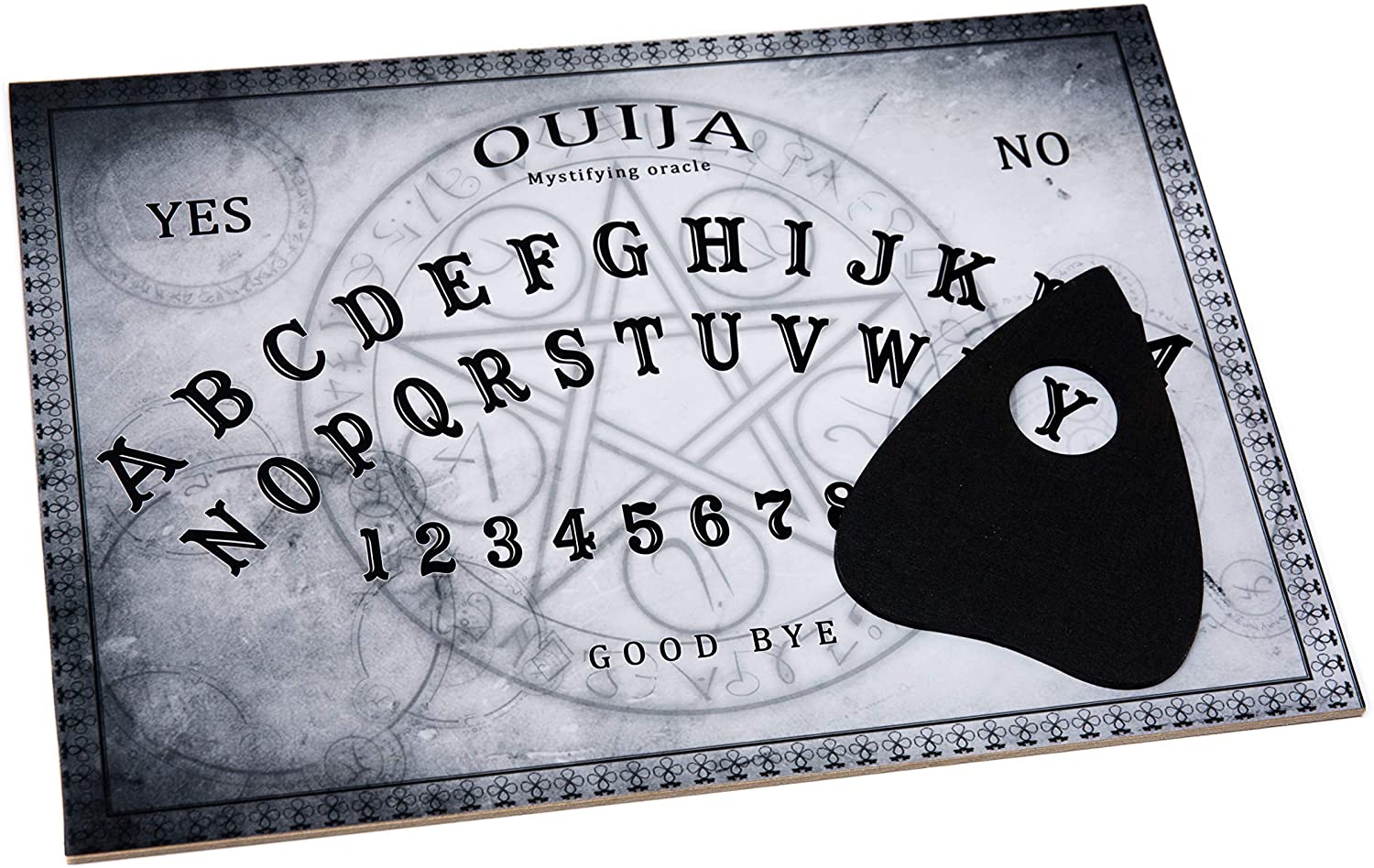
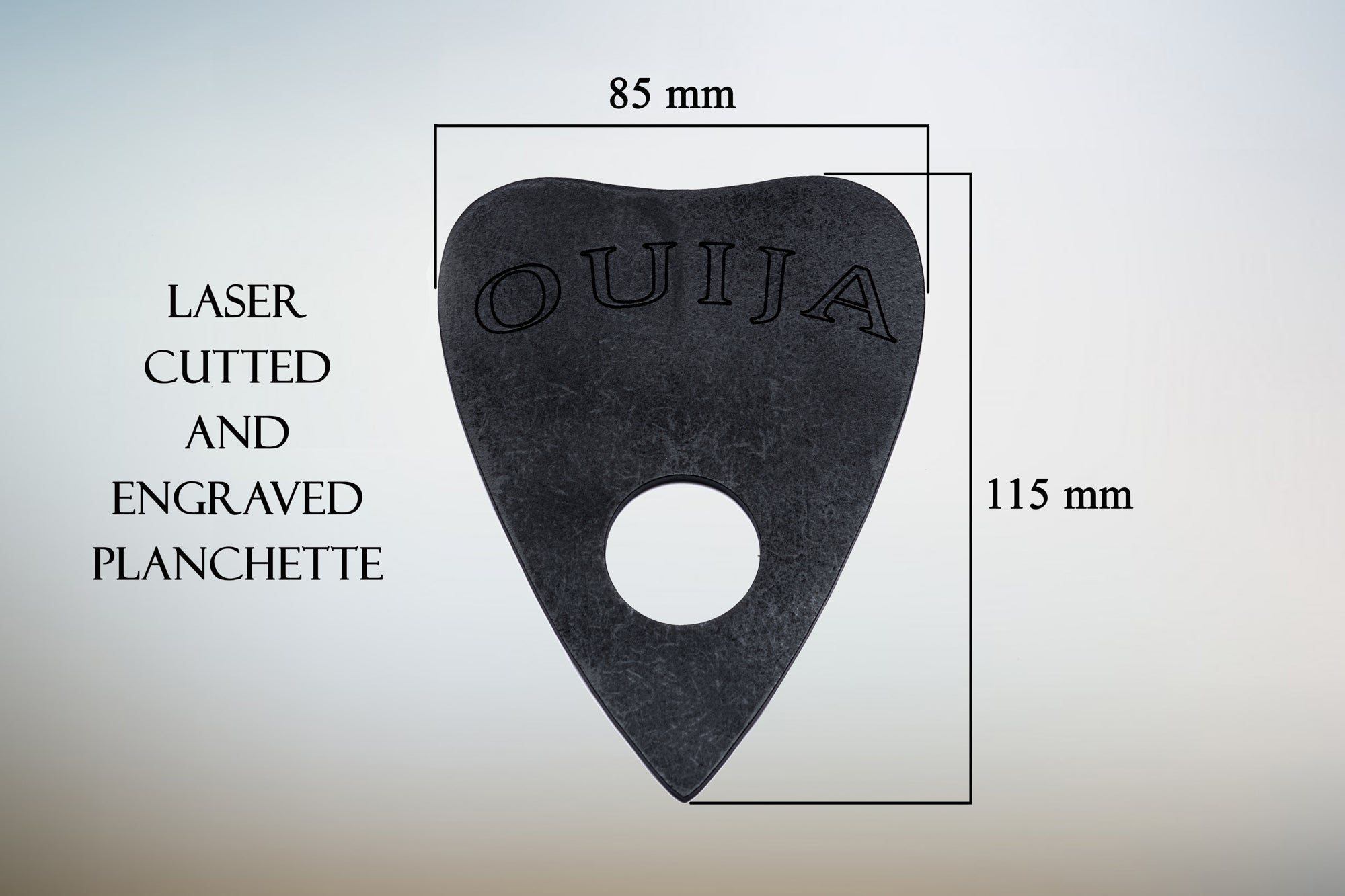
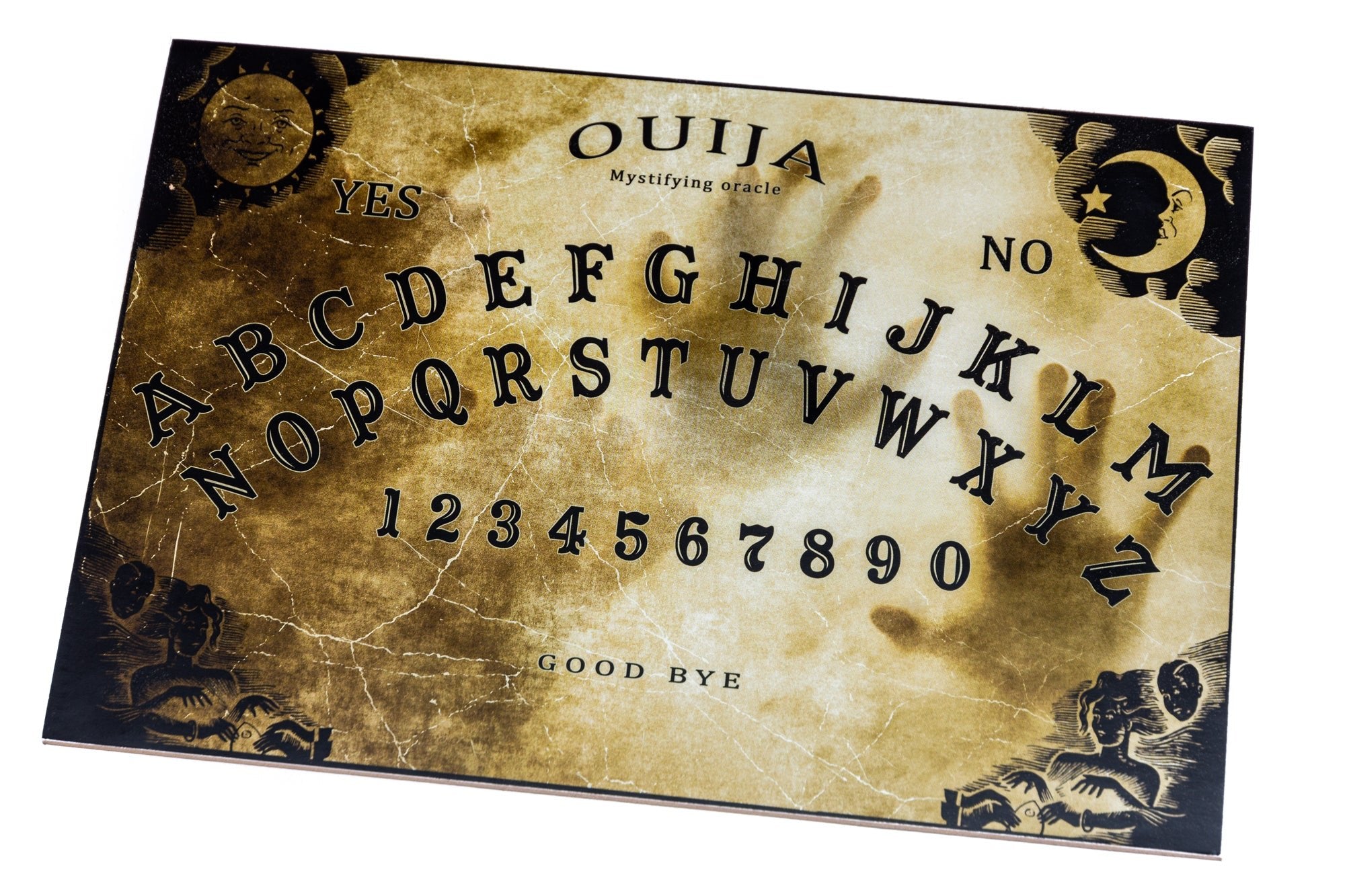
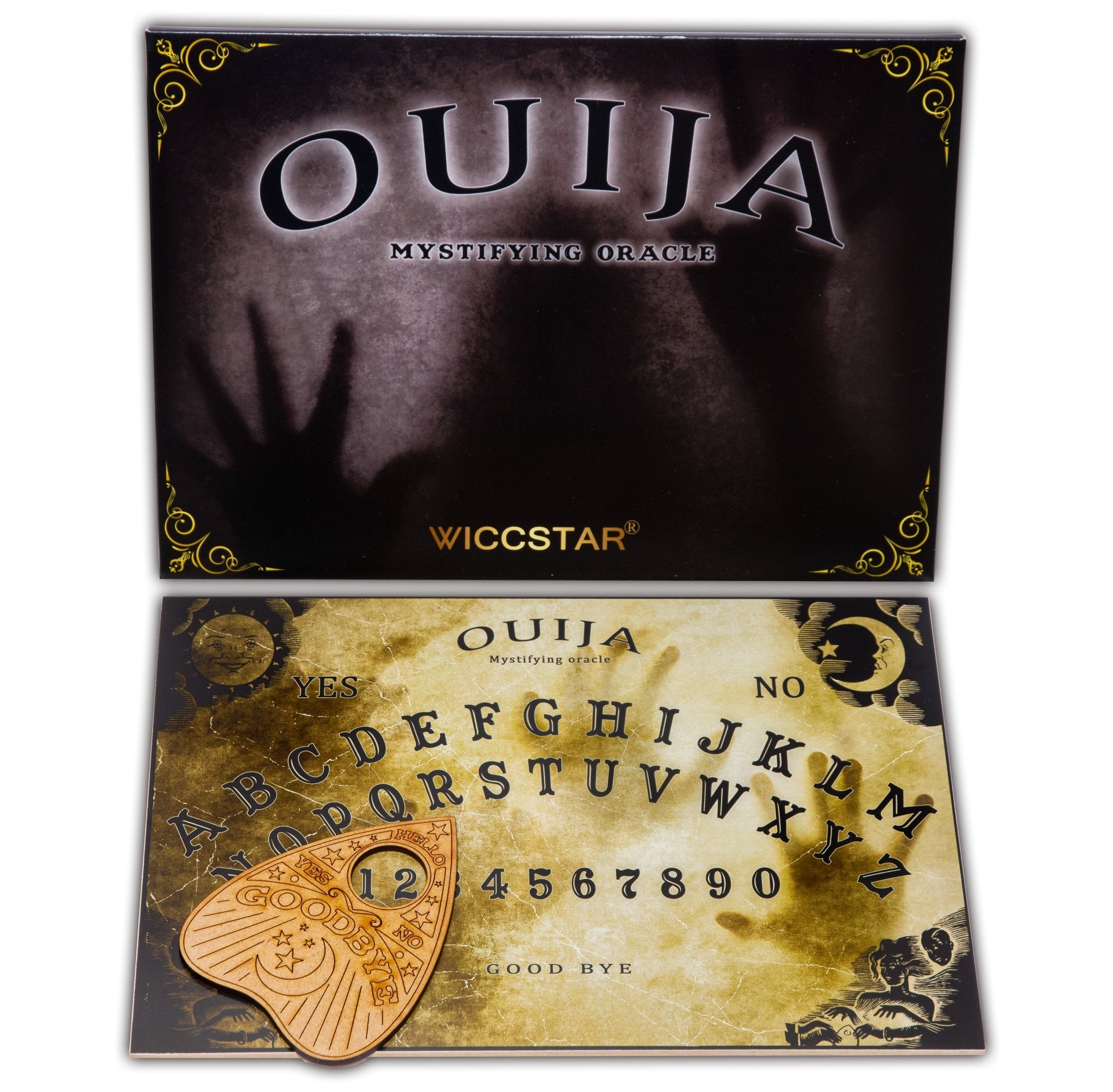
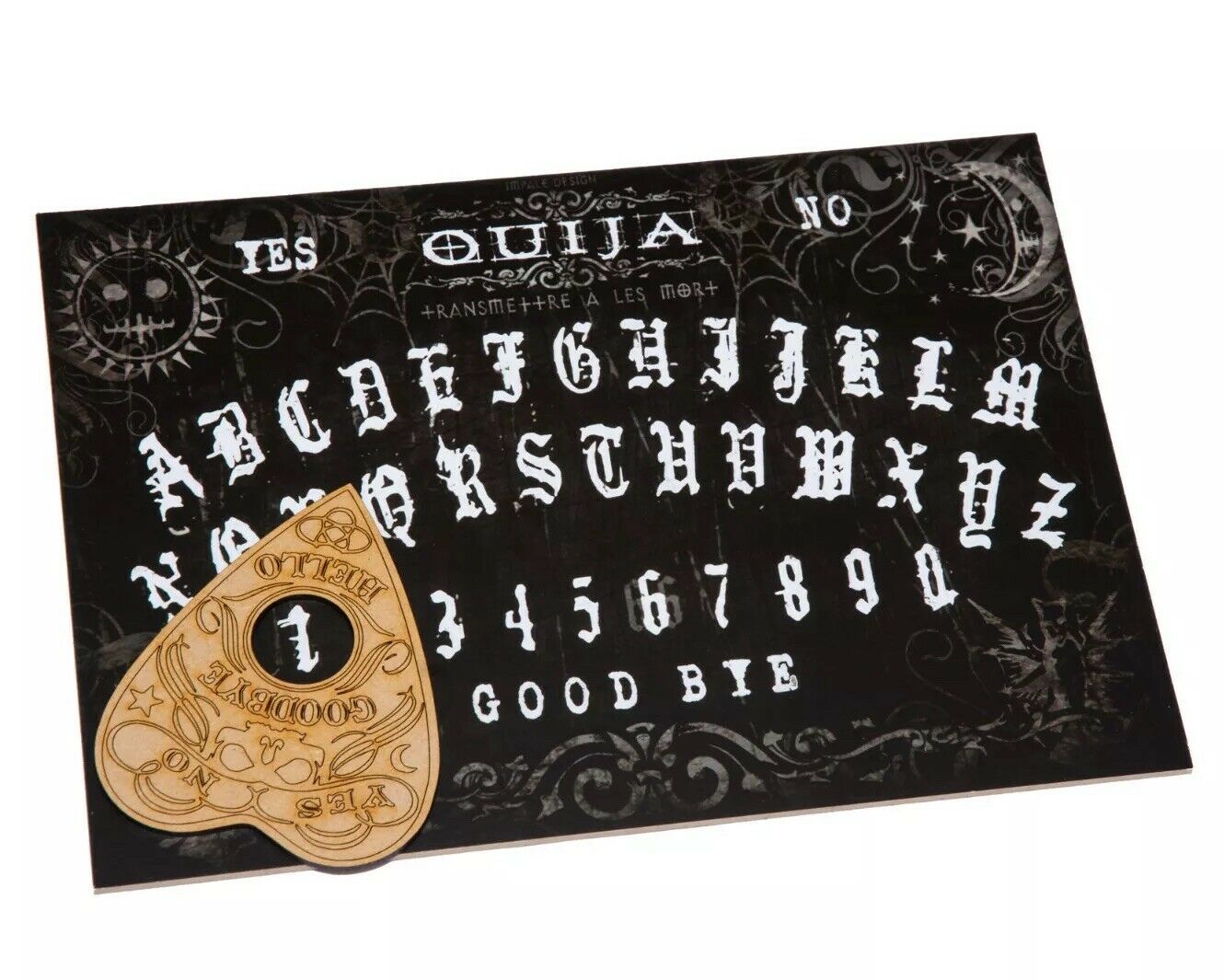
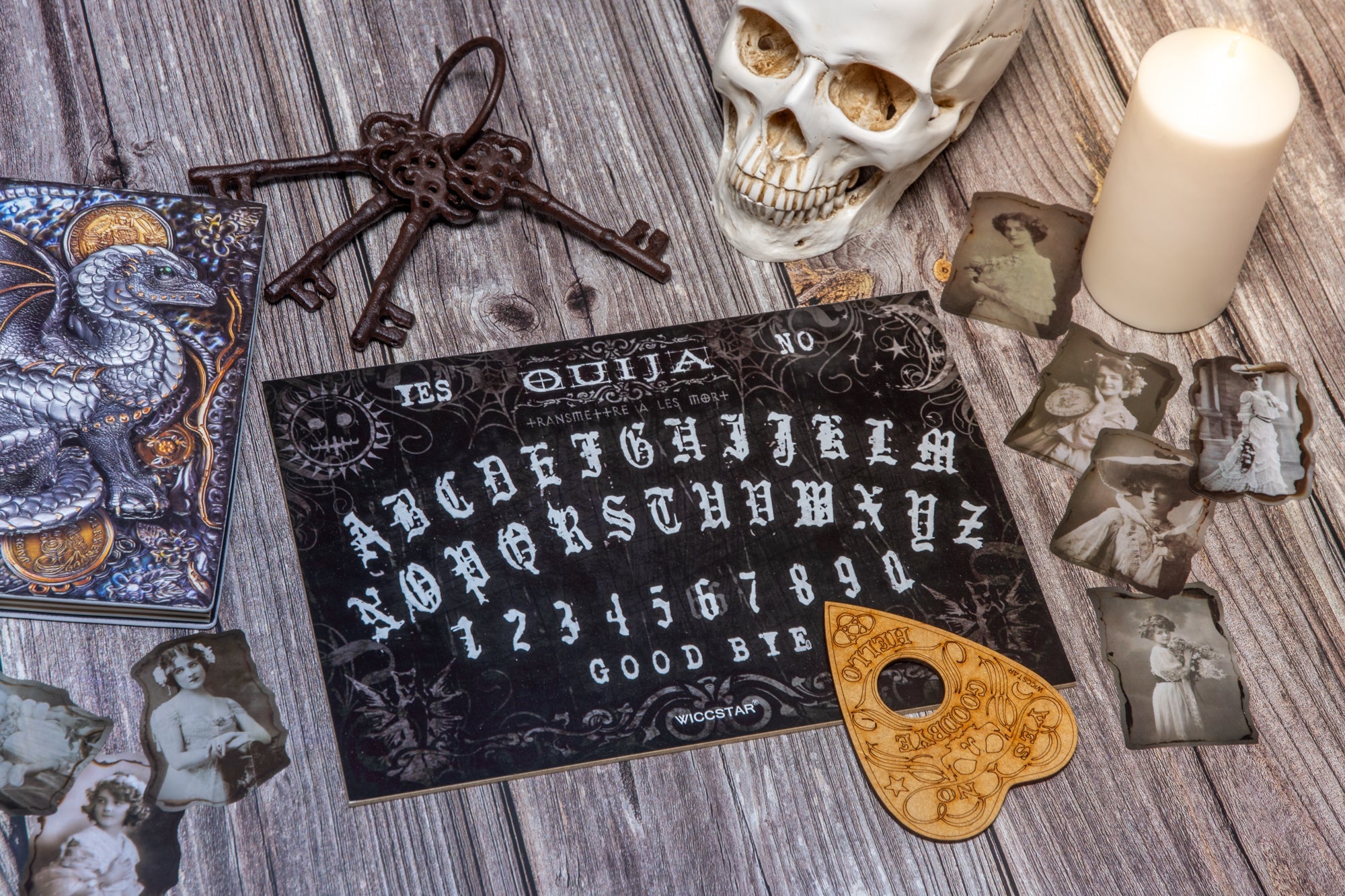
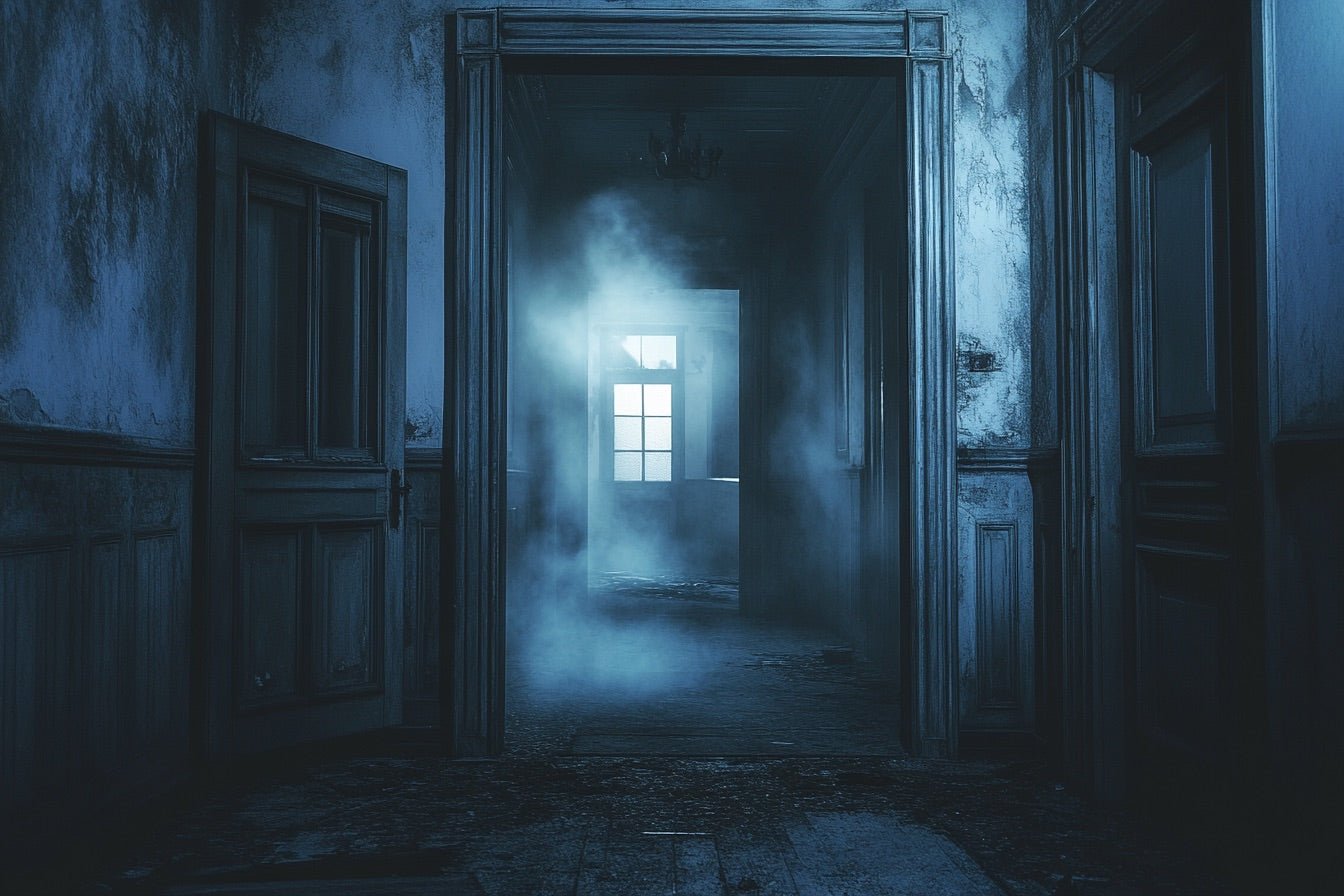
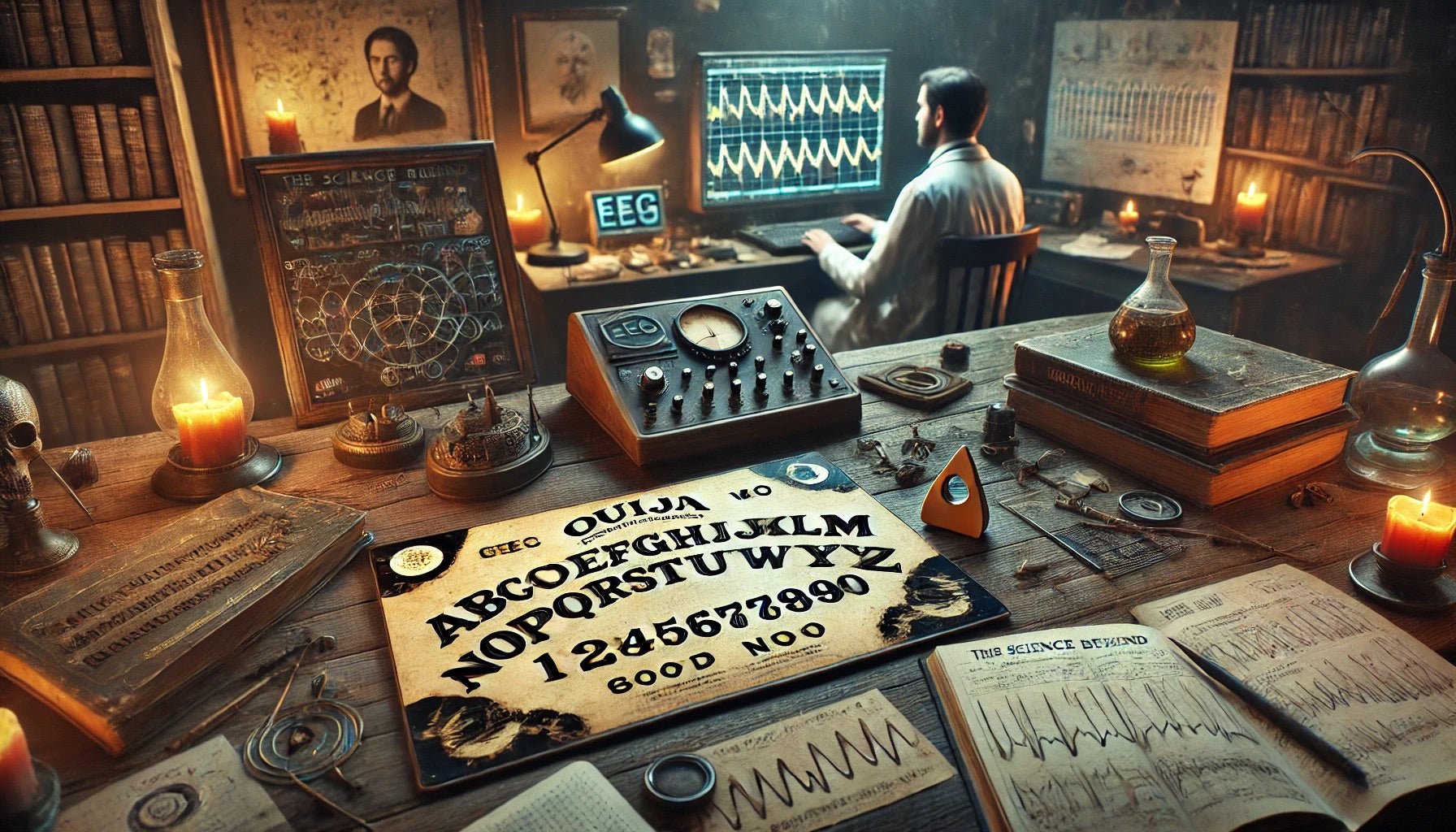
Leave a comment
This site is protected by hCaptcha and the hCaptcha Privacy Policy and Terms of Service apply.